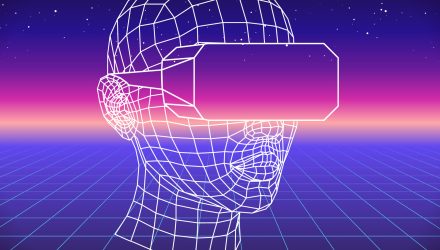The other model is called the cyber-physical model. The user works in a virtual copy of the robot and the environment its working on. User’s interaction with the virtual copy is replicated by the actual robot. Since the robot and the human user is detached, those minor lags won’t affect the human operator. However, for this model to work, more data and a specialized space solely for the cyber-physical model are required.
VR and AR Go Along Together
VR and AR are technologies with different applications, in a consumer market. But in industrial automation, they go along hand in hand. In regards to the MIT CSAIL project, the Oculus headset and controller make the robots move in a specific direction, grip factory tools or materials, and place or retrieve items. Both the human’s and the robot’s movements are mapped into a virtual space, every action and its reactions are buffered through here. This virtual co-location ecosystem and faster bandwidth in the buffer allows for lag-free interaction between the human operator and the robot that’s down in the production line.
Augmented Reality is incorporated within the virtual space technology. Using AR, an operator can put a virtual object(s) on a real object, superimpose images in real time, take measurements in 2D and 3D space, built a 3D model of something in the virtual space, do calculations and effectively transmit all the gathered data. Before initiating a task in real space, AR can provide a projection of the possible output in the virtual space.
Other than manufacturing industries, hospitals are the prime examples where VR and AR could offer the most precise solutions to problems. Crushing kidney stones or replacing a heart valve is more precise and safer when the surgeon is able to control a robotic arm through VR, as well as using AR to map out the body, or superimpose any x-rays or MRI’s directly onto the body for more accuracy during procedures.

Where are the technologies as of now?
For industrial automation, VR and AR for operating Teleoperated Robots are still in developmental phases. Universities like MIT and others are working to create better prototypes that can be quickly adopted to optimize certain tasks, but few industries have adopted the use of VR and AR to control their teleoperated robots.
Boeing and Ford are among the first in the industry to come forward in adopting AR and VR by using Google Glass and the Microsoft HoloLens to assist in the construction and design of their airplanes and cars. I expect many large manufacturing companies to follow suit soon, making AR and VR a standard tool by 2020.
This article was republished with permission from Robotiq.
